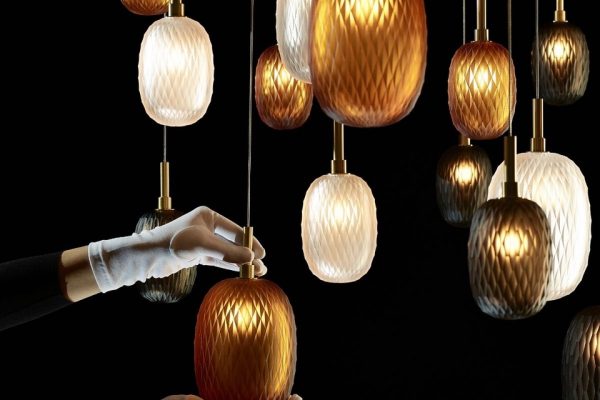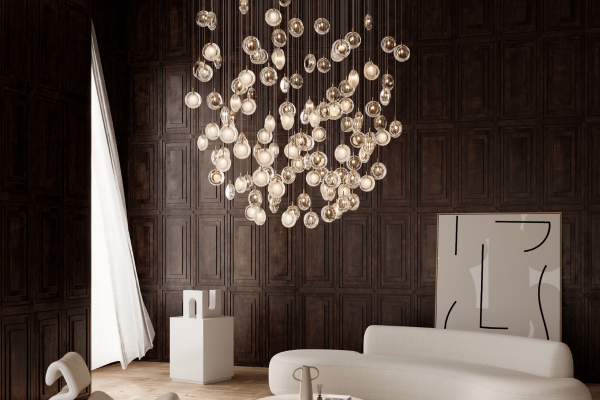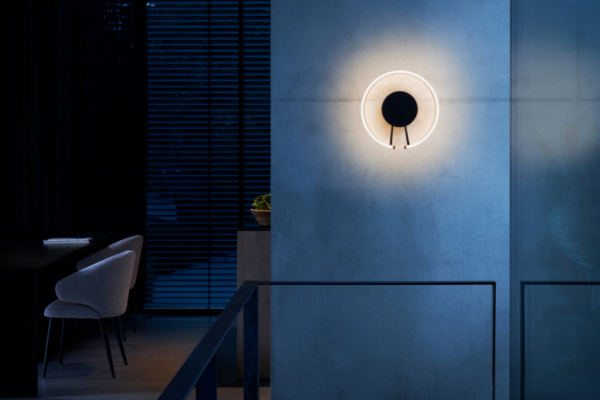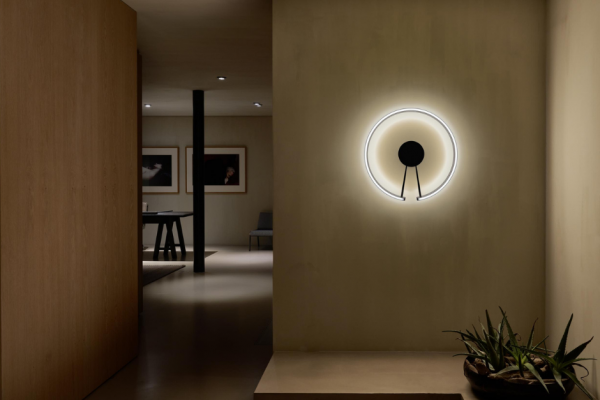Lighting is one of the most important aspects of interior design because it can lift our spirits, making you more relaxed and productive. In other words, proper lighting doesn’t just imbue a cosy warmth to dark corners in a room; it has an emotional and therapeutic effect on us.
When the days start getting shorter, the change in light can wreak havoc on sleep and mood. But coming home to a poorly lit, dark space doesn’t have to be part of it. Even in the dead of winter, there are many ways to make rooms feel bright and cheery.
Here are some tips for creating a well-lit space:
1. Layering
Layering is to interior designers what pastry is to chefs. Good lighting is all about the layers that blend and create contrast and texture, so there must be more than one light source in a room.
The first layer is fixed lighting, such as a decorative ceiling fixture near the centre of the room and wall lights. It is soft and diffused light and provides overall illumination for the whole room.
The next layer is called accent lighting because it draws attention to features such as artwork, furnishings, or architectural details. Accent lighting often comprises spotlights, usually double the brightness of ambient lights.
Finally, the third layer is task lighting which may be used when preparing food or reading in an office. This functional layer includes desk lamps and the lights under kitchen cabinets. Switching on lamps in the evening will provide a lovely, inviting glow.
Don’t forget to space out the lights. For instance, it’s better to have four lamps with 25-watt bulbs around the room rather than one central 100-watt bulb. As well as varying the light sources, one should consider varying their heights to accentuate the layering.
2. Make the most of daylight
Daylight is a key factor for all designers because it impacts where everything else is placed. Rooms that have little direct sunlight require more planning. A dark bedroom can be brightened up with a central chandelier, up-lights in the corners, and bedside table lamps for reading.
3. Bright lights in the kitchen and bathroom
One place where it’s essential to flood a space with bright light is the kitchen. Recessed lights work well along the edge of a kitchen ceiling, overhead pendants look great over a kitchen island, and under-cabinet light is a must because cooking requires concentrated lighting.
The bathroom should also be brightly lit, and the positioning of lights will make a difference between casting unflattering shadows or even illumination. If a sense of spa-like luxury is the goal, consider adding a sculptural lamp.
4. Dimmers
Yes to dimmers! They are an affordable and easy way of adding intimacy and more flattering light. When you dim a light, you change the colour temperature to warmer and pinker.
5. LEDs
Over the last decade, LED lights have considerably improved their brightness and colour accuracy and use very little energy. Choose the bulb carefully, considering what atmosphere you’re trying to achieve. The warm tones in coloured bulbs are more flattering, whereas white light shows food better.
There are lots of tricks of the trade in lighting design that will achieve your desired ambience for a room. The term ‘layering’ gets thrown about a lot in interior design, but there’s good reason with lighting. A good rule of thumb is to have three light sources per room. The key is to create harmony between the subtle interplay of light and dark. Trends come and go, but properly illuminating a space answers a fundamental human desire.
Brands such as Occhio take things to the next level by enabling users to fine-tune their lighting, play with shadows, create animations and control the lighting temperature alongside the brightness. Style-wise, there is so much choice in the lighting market.
To view some of the best ranges available, pop into our showroom on Southside, The Bridge.







